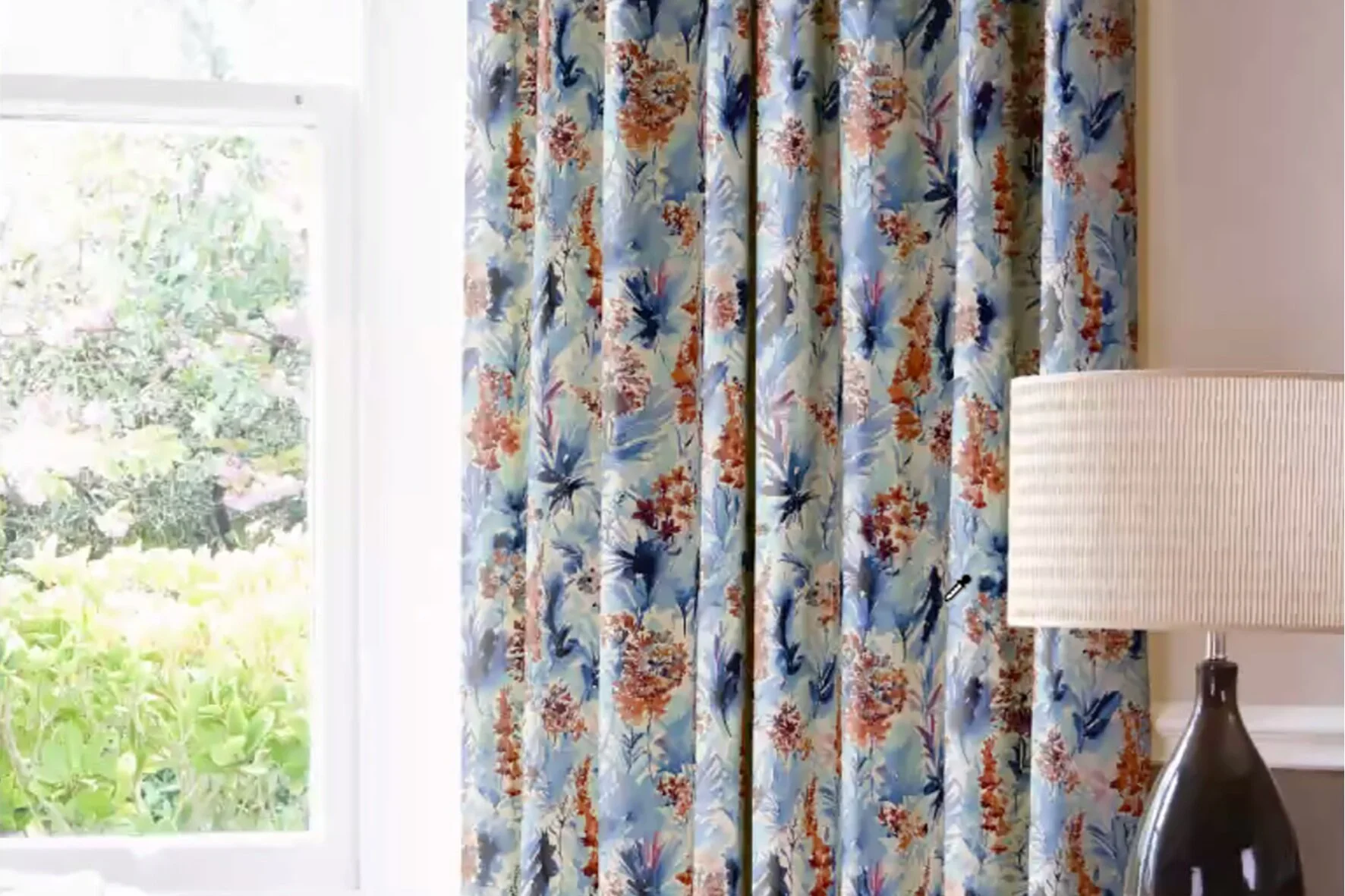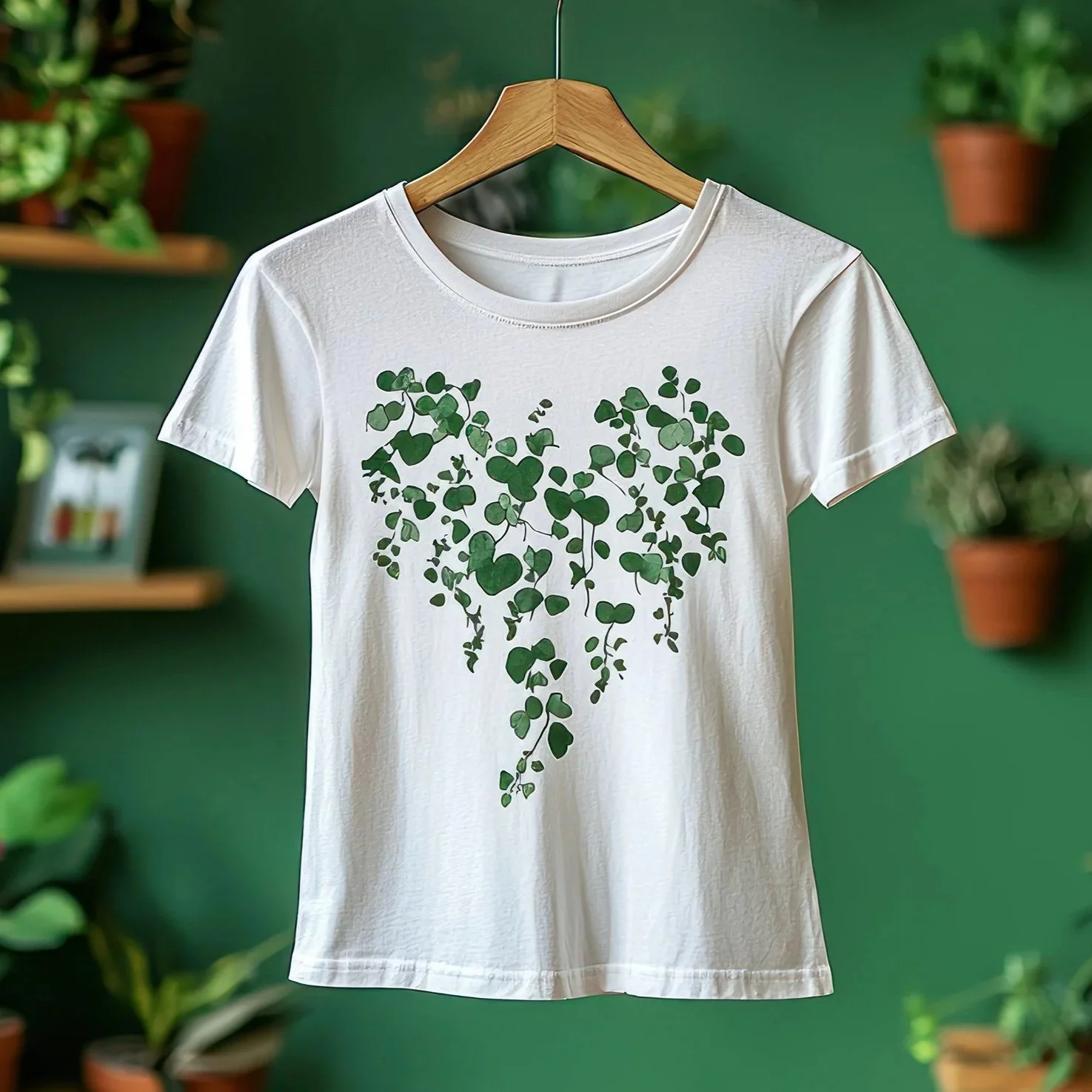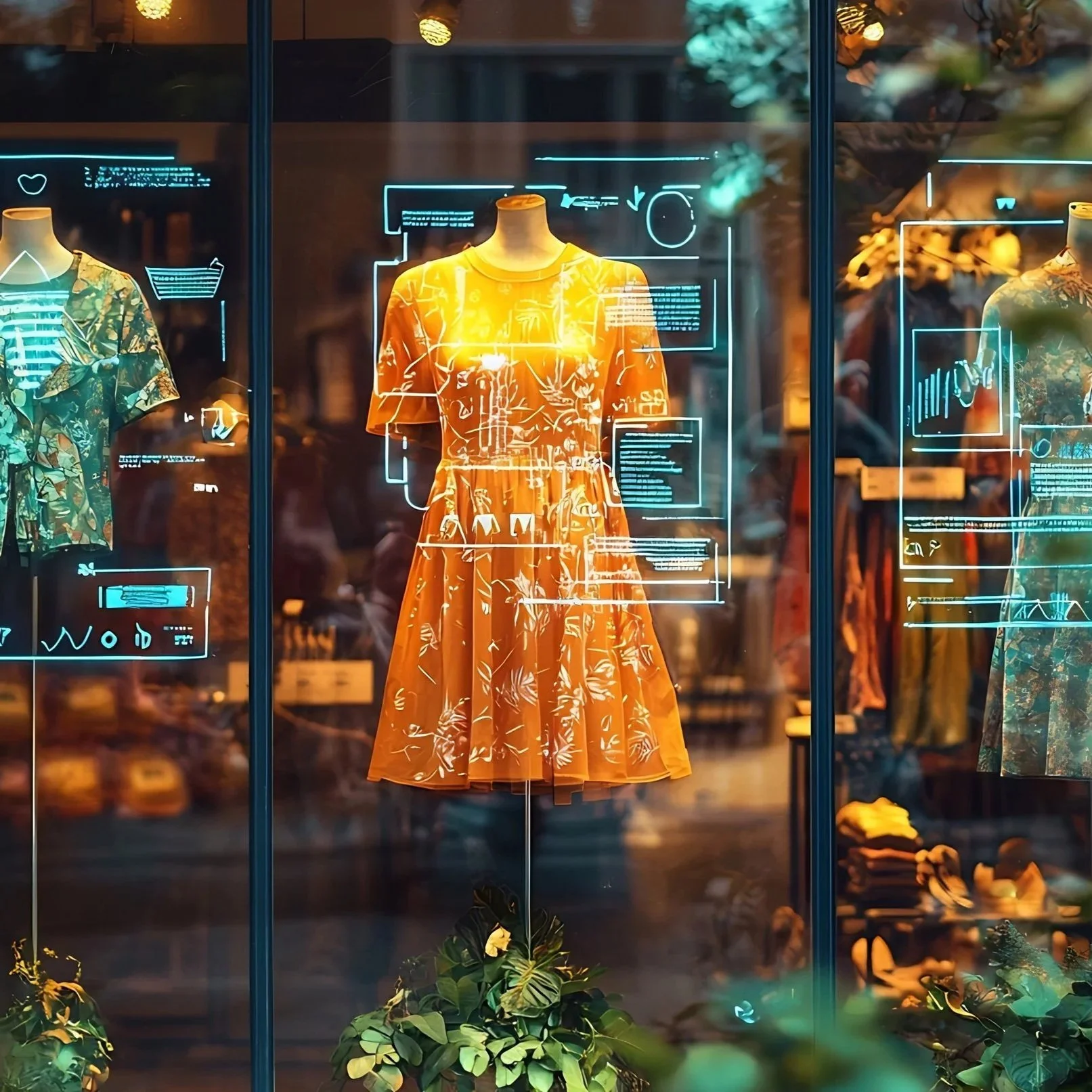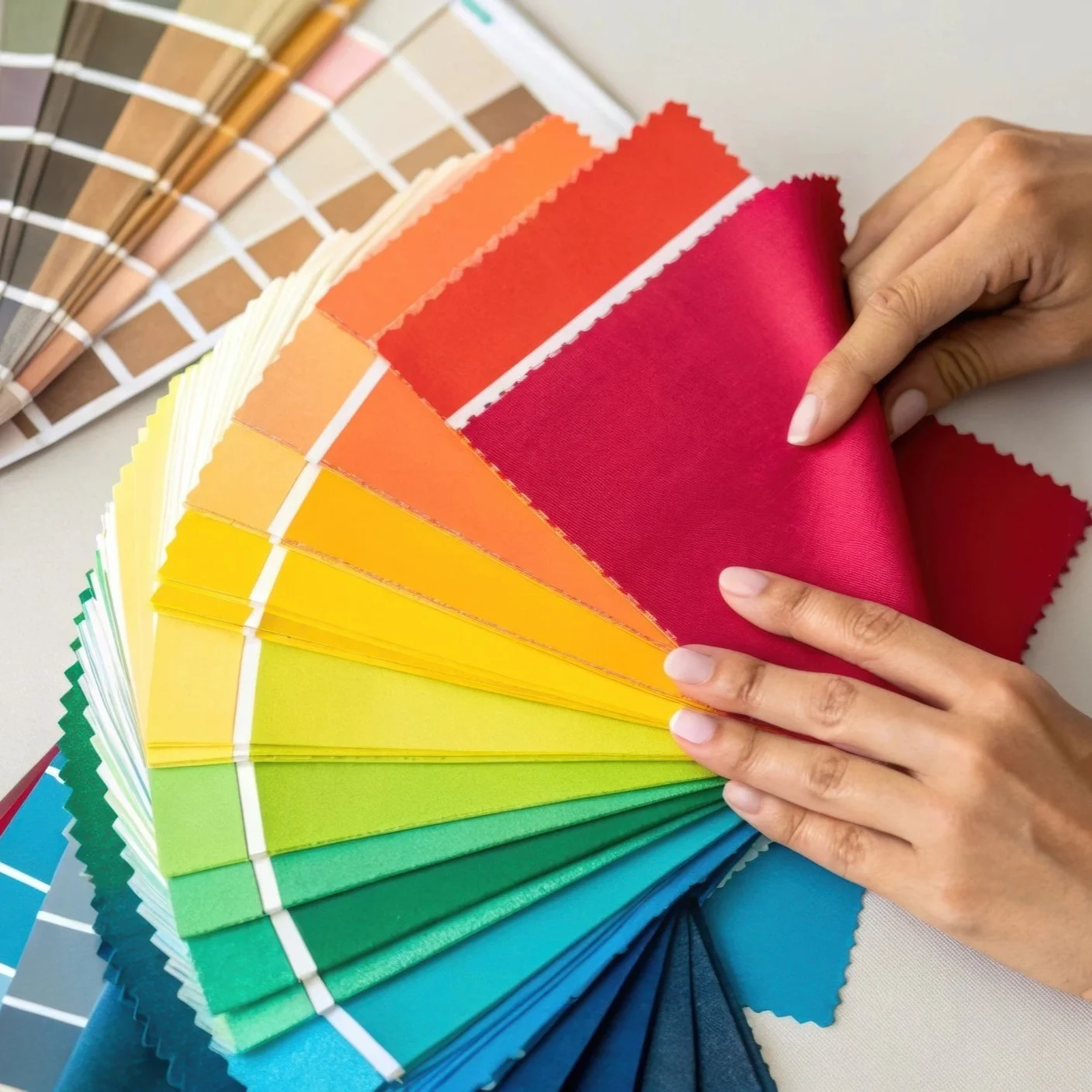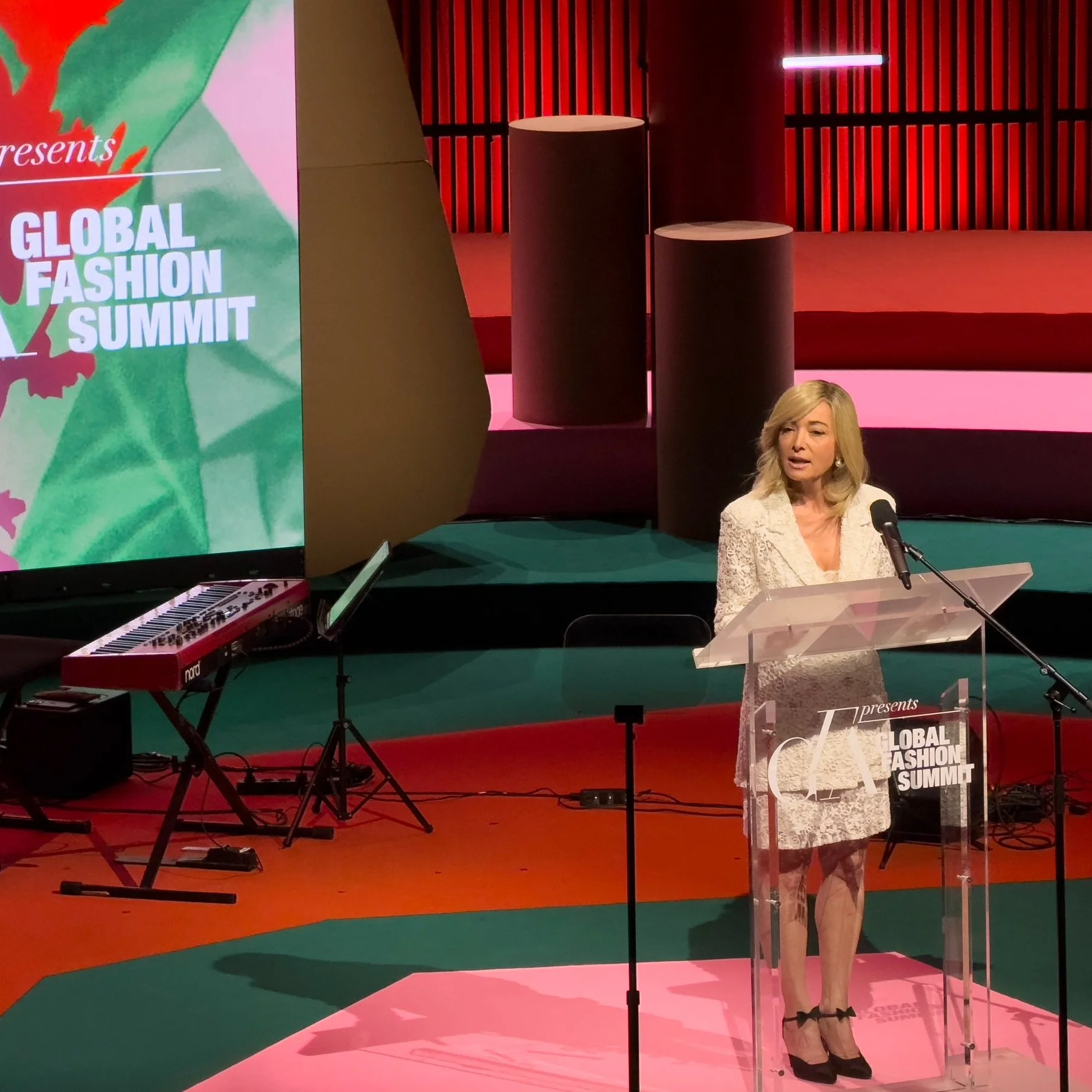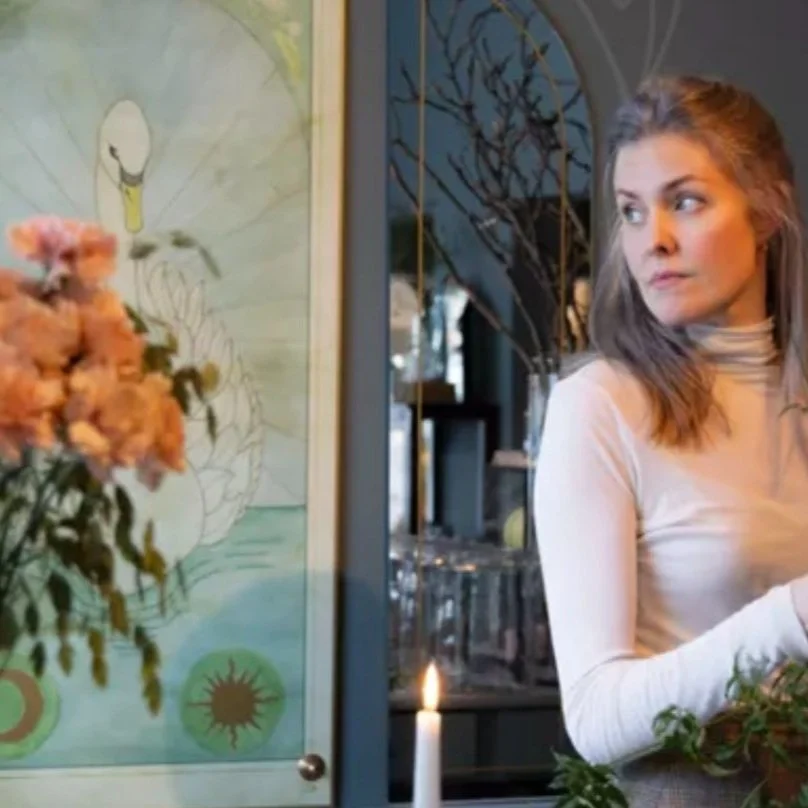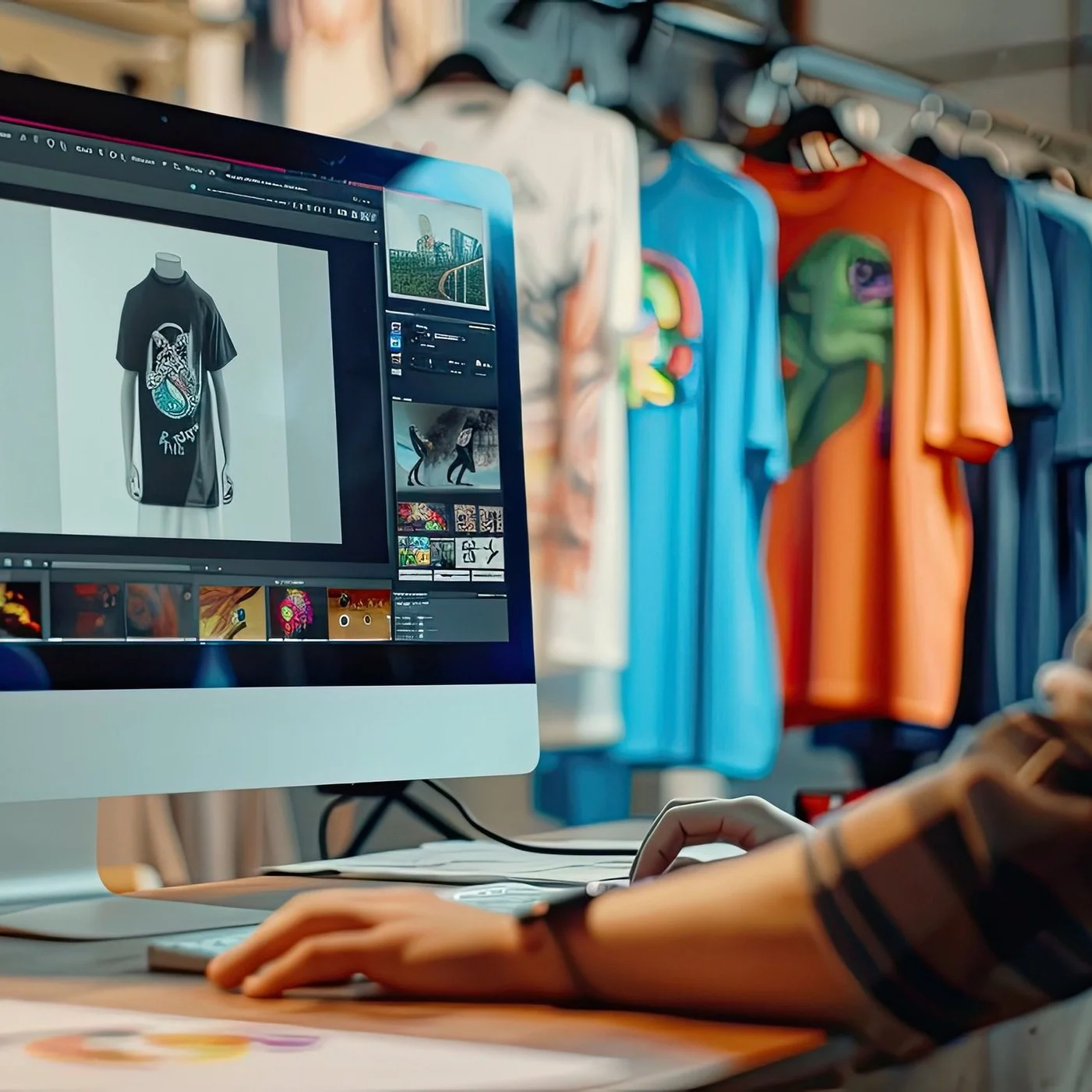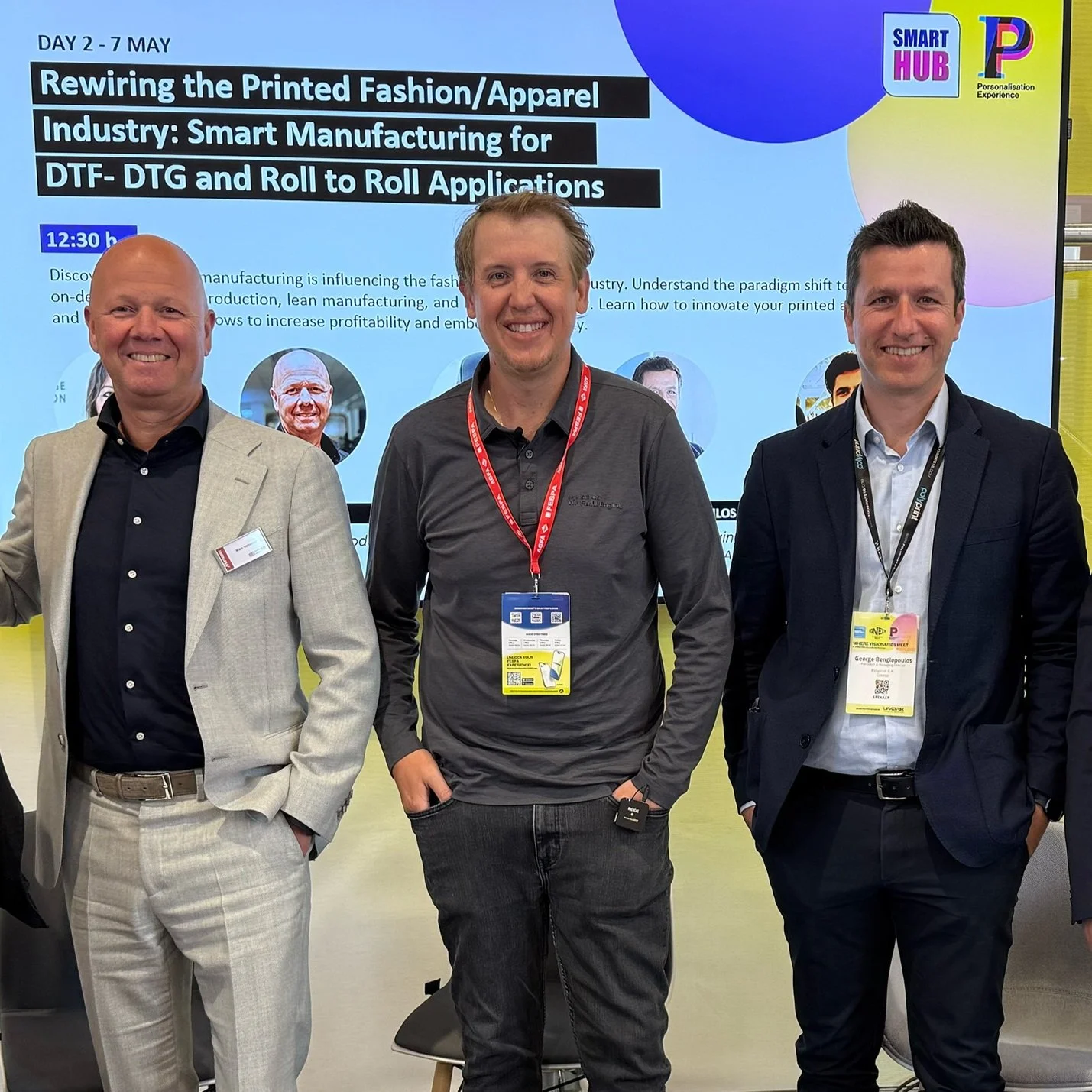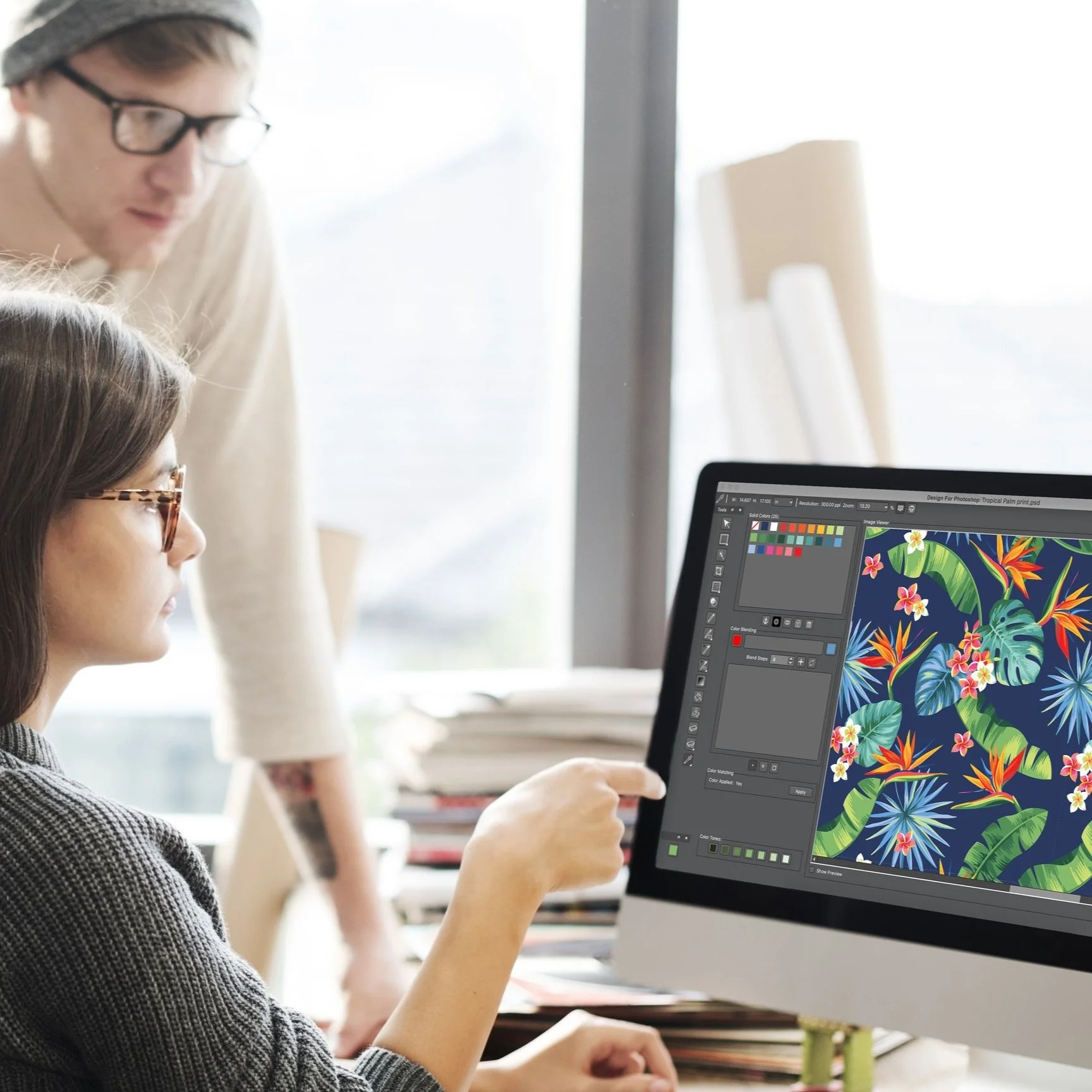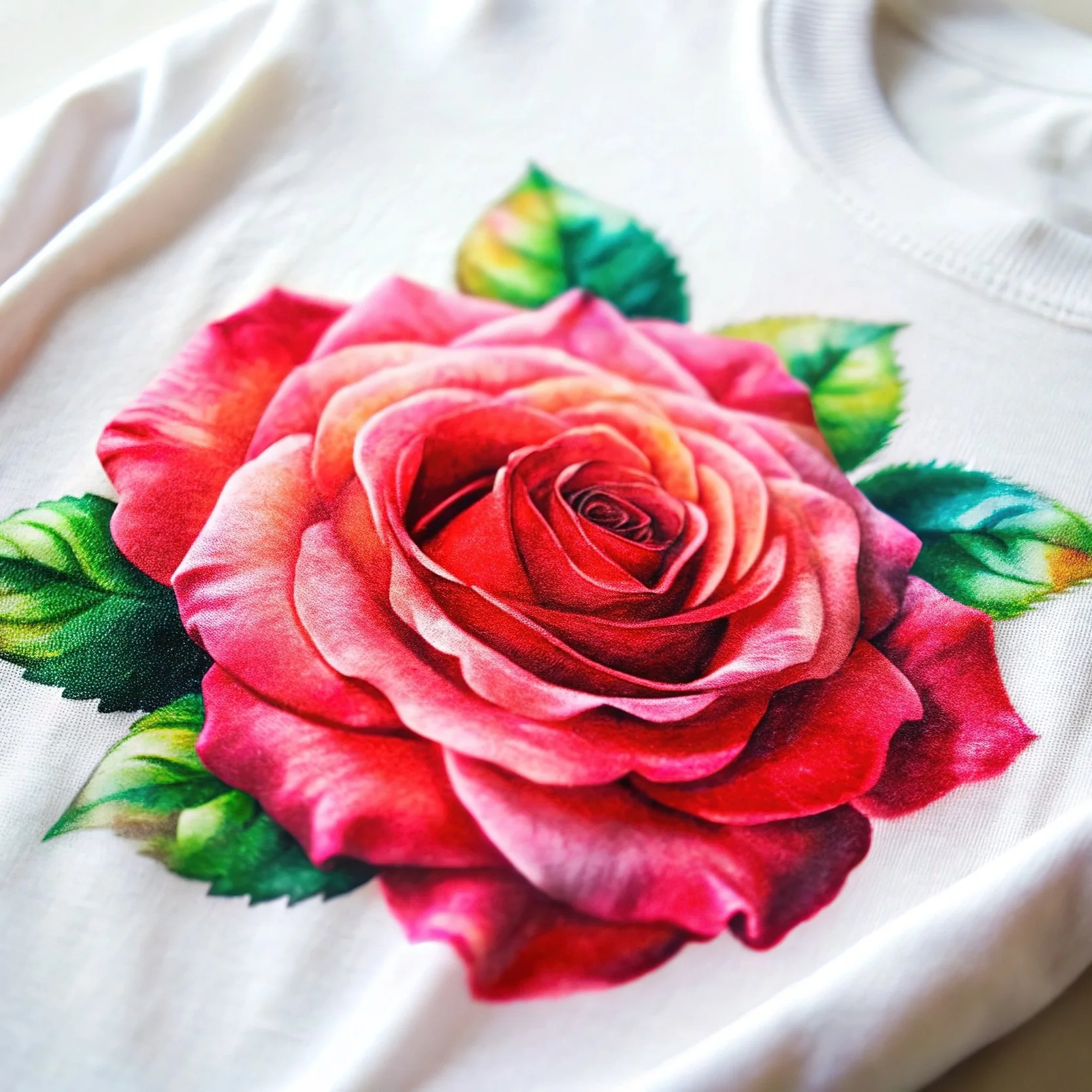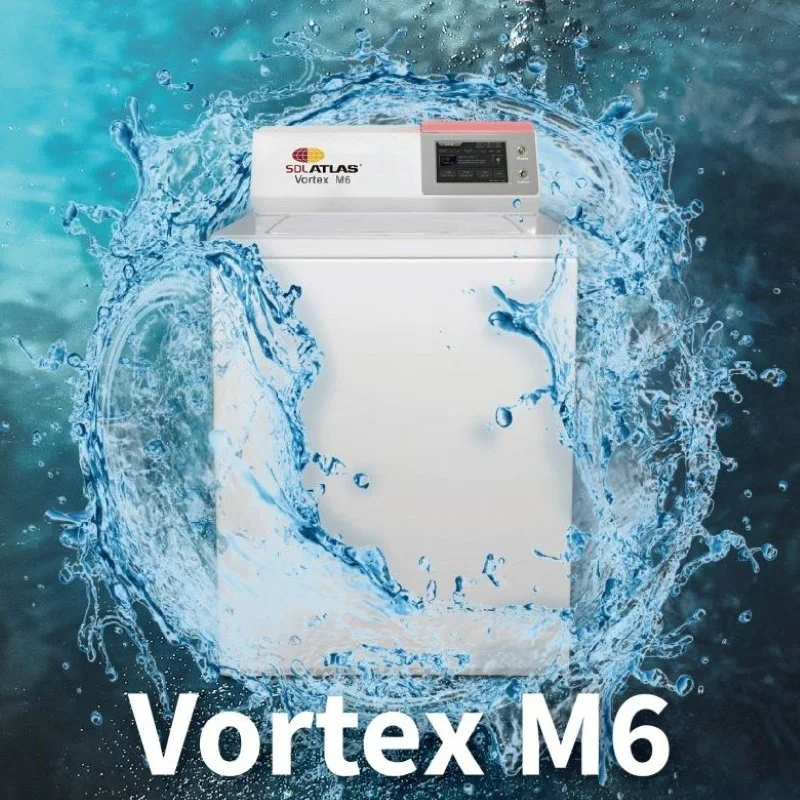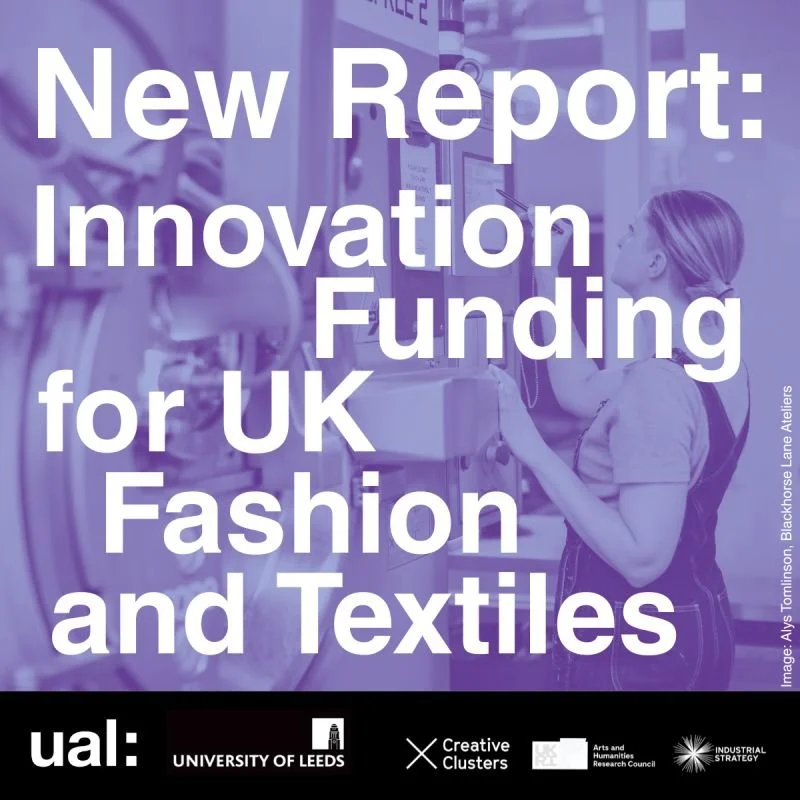WHERE DESIGN COLOUR AND TEXTILE PRINTING INTERCONNECT THE WORKFLOW MUST BE DIGITAL
“Over the last 20 years the textile industry has witnessed an incredible transition from analog to digital process. Colour management is an important part of the creative and production process, and it’s critical that designs are created in the defined colour space of the final output and substrate – both to save time and meet printed visual expectations, and importantly, reduce wasted output".”
As the digital workflow takes flight how do you simplify the complex process that carries a creative piece of artwork through print production?
The manufacturing route of even the simplest printed product crosses many disciplines and the textile industry is a complex field - encompassing multiple marketplaces. Each of which have their own specifications and performance objectives.
From the outside digital textile printing can look like a plug and play operation – but for the specialist practitioner - the commercial reality is often quite different. That was until now…
Over the last 20 years the textile industry has witnessed an incredible transition from analog to digital process. But in truth each segment of the thread of production relies on the accuracy of the next part of the chain. In the recent webinar hosted in collaboration between Contex, who provide high definition scanning technology and software, AVA CAD CAM LTD a specialist software company providing CAD/CAM solutions for design and production and HP who provide a dye sublimation digital textile printing solution for synthetic textiles - the process of design to print takes on a new vision – a seamless transition from one software to the next.
Switching manual process into the digital sphere is a highly skilled challenge and one that has now been overcome using digital technologies.
We can now design, create and print with confidence and at great speed. To do so we must understand the parameters of each step and using technology, automate recurrent tasks within defined settings.
Once you have created a piece of artwork, purchased a painted design, or perhaps a vintage textile, the replication of the pattern must be a digital mirror of the original. Contex offer a high definition scanner that whilst is simple in operation and software navigation, also has the capacity to accurately fine tune every aspect of the image created from the physical artwork to create a digital twin. It’s this high quality and inherent clarity that saves the designer hours of lost time cleaning up, or manipulating scanned artwork. Once scanned the artwork file is then seamlessly imported to the next stage, the CAD program, where design can be prepared for production.
AVA CAD CAM have over 25 years’ experience in software development and offer a suite of technologies that serve both the designer and the manufacturer. What was once a manual task of physical duplication using hand painted films, the design process is now digitized, artwork is now scanned electronically and the scanned design file is placed into repeat in minutes not hours using a highly visual and intuitive CAD system, the layout can then be fine-tuned to meet the products requirements. It’s this flexibility that unlocks the creative function - freeing the designer to create at speed and specific to end use. Accurate and flexible colour separation is also an important factor to ensure that the design can be coloured without any loss of definition or design character, across multiple colour palettes. This was once a manual task for an army of colour separation artists, but we now have a new hybrid, a digital designer whose skill set continues to advance.
“To do so the CAD CAM software must be calibrated to the print source therefore enabling the designer to create with colour confidence and to rectify colours that are out of the digital textile printers field of gamut (i:e colours are impossible to achieve) during the creative process”.
Once the digital file is prepared the bridge between this creative process and the final printed output must now also be interlocked. It’s here that over the year’s where technology has advanced significantly.
Colour management is an important part of the creative and production process, and it’s critical that designs are created in the defined colour space of the final output and substrate – both to save time and meet printed visual expectations, and importantly, reduce wasted output. To do so the CAD CAM software must be calibrated to the print source therefore enabling the designer to create with colour confidence and to rectify colours that are out of the digital textile printers field of gamut (i:e colours are impossible to achieve) during the creative process. It’s equally important that the designer can fine tune to client specification, adjust colour to seasonal palettes and or add spot colours for example, all at the click of a button - or perhaps two. To do so, both CAD and printed output must be calibrated regardless of location.
Colour calibration just got a whole lot simpler.
Once a process that took hours or even days, (and for many manufacturers still does using manual process) the HP STITCH ‘S’ dye sublimation series of digital textile printing machines has reinvented colour management. The latest technology makes colour incredibly easy. It extracts the science into a series of automated commands, taking control of colour management as an inherent function. This is a plug and play device, built for ease of use and one that delivers a new generation of technologies that doesn’t require a lifetime’s experience in textile printing or colour management. If you want to dive deeper you can, but in the main the machine’s architecture delivers intelligent, accurate colour management using default technology.
The HP Stitch sets new parameters for digital textile production. As an intuitive device its primary goal is to simplify digital textile printing at any volume and its pre-set for default operations.
The Stitch offers the user a wide selection of pre-loaded profiles for numerous print bases, all of which are available for direct download directly from the HP Print OS platform.
Paul Stalburg, Product Application Specialist at RA Smart, HP’s Exclusive UK & I partner for the HP Stitch comments: “The HP Stitch sets new parameters for digital textile production. As an intuitive device its primary goal is to simplify digital textile printing at any volume and its pre-set for default operations. The Stitch offers the user a wide selection of pre-loaded profiles for numerous print bases, all of which are available for direct download directly from the HP OS platform. The machine is intelligent and built for ease of use in its mechanical function and its cloud-based connectivity. Going beyond profiles - the OS Platform also offers technical advice, sharing recommended settings for print bases – heat, dwell, tensions and stretch controls by example. As any digital practitioner will confirm having access to such operational instructions when setting up production saves valuable time”.
“All of these inherent functions reduce the initial learning curve for manufacturers and designers” - Paul Stalburg - RA Smart
Colour management is a critical part of the pre-production process for textile printing and until now was also one of the most challenging.
Creating colour profiles has until now been a fine art, and like any database colour accuracy was only as good as the data provided by the technician creating the profile. The HP Stitch changes that by simplifying the process with inbuilt RIP technology that can automatically generate profiles and adjust using an inbuilt spectrophotometer. It removes the need for linearization in most instances by offering a choice of auto generated defaults for manual selection – allowing the print operator to choose colour density as required dependent on final output. Therefore, it also allows the operator to fine-tune ink settings automatically or manually within the RIP software itself. The HP Stitch allows the operator to technically control colour in-line with the operator’s technical experience and personal depth of knowledge. Colour profiles can now be created in hours and not days and many print operators will breathe a sigh of relief.
However, controlling colour isn’t only a function of initial machine or substrate set-up – it has also historically been a “wear and tear” issue for print machinery.
As the printheads wear, colour shifts - causing minute or significant colour drift which depended on the design being printed causes significant challenges for digital textile manufacturers. The HP Stitch uses inbuilt technology to auto compensate for wear and goes further - it adjusts ink limits accordingly; it scans and realigns to adjust ink delivery. A function that importantly can also be applied across a fleet of machines for absolute colour continuity in a manufacturing plant printing simultaneously on multiple devices with absolute colour consistency and regardless of print location when required.
In a print on demand world and when manufacturing at speed - manual process has to be automated wherever possible, and the HP Stitch successfully delivers a suite of automatic functions to deliver efficient production.
From Design to the print workflow the HP Stitch delivers an arsenal of technology that enables sustainable, agile production.
It addresses the industries acute requirement for plug and play technology that can be fine-tuned by application. It’s this adaptability that enables the entrepreneur, designer or high-speed digital textile practitioner to confidently manufacture regardless of textile proficiency.
“HP have simplified the science of Textile production to offer a machine built to deliver high quality dye sublimation printing to a wide customer base. Going further HP offer a connected, intuitive machine and a cloud-based support and knowledge archive to support the HP textile community”.
HP have simplified the science of Textile production to offer a machine built to deliver high quality dye sublimation printing to a wide customer base. Going further HP offer a connected, intuitive machine and a cloud-based support and knowledge archive to support the HP textile community
As the textile industry expands all technologies within the textile workflow must connect seamlessly to offer an architecture built to empower the end user which will accelerate the growth of the digital textile sector.



